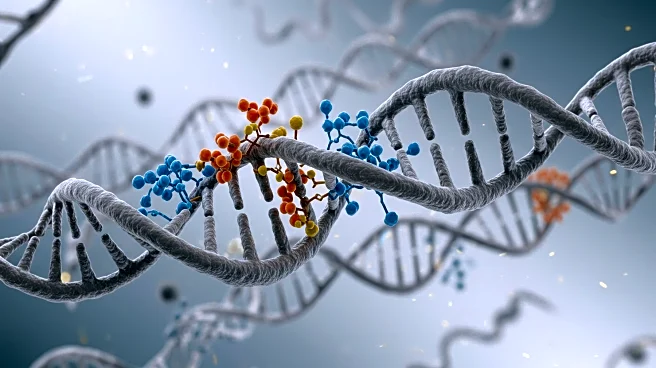Rapid Read • 7 min read
A study has identified 27 newly conserved microRNAs (miRNAs) in lettuce, using bioinformatics prediction and experimental validation. These miRNAs belong to various families and play significant roles in plant biology, including stress response and growth regulation. The study analyzed properties such as strand orientation, precursor length, and minimum folding energy, confirming the conserved nature of these miRNAs across different plant species. Experimental validation through RT-PCR confirmed the expression of several miRNAs, highlighting their potential roles in cellular processes.
AD
The identification of conserved miRNAs in lettuce contributes to the understanding of plant genetics and the development of improved crop varieties. These miRNAs can be used to enhance stress tolerance, growth, and nutrient uptake, benefiting agricultural productivity. The study provides insights into the evolutionary conservation of miRNAs, which can inform breeding programs and genetic engineering efforts. Understanding miRNA functions can lead to innovations in crop management and disease resistance.
Further research may focus on the functional characterization of these miRNAs and their potential applications in crop improvement. Scientists could explore the use of miRNAs in developing lettuce varieties with enhanced traits, such as disease resistance or improved nutritional content. Collaboration between researchers and agricultural stakeholders could facilitate the translation of these findings into practical applications.
The study of miRNAs in lettuce reflects broader trends in plant genomics and biotechnology. As researchers uncover the genetic mechanisms underlying plant traits, there may be ethical considerations regarding genetic modification and biodiversity. The integration of bioinformatics and experimental validation highlights the importance of interdisciplinary approaches in advancing agricultural science.
AD
More Stories You Might Enjoy










